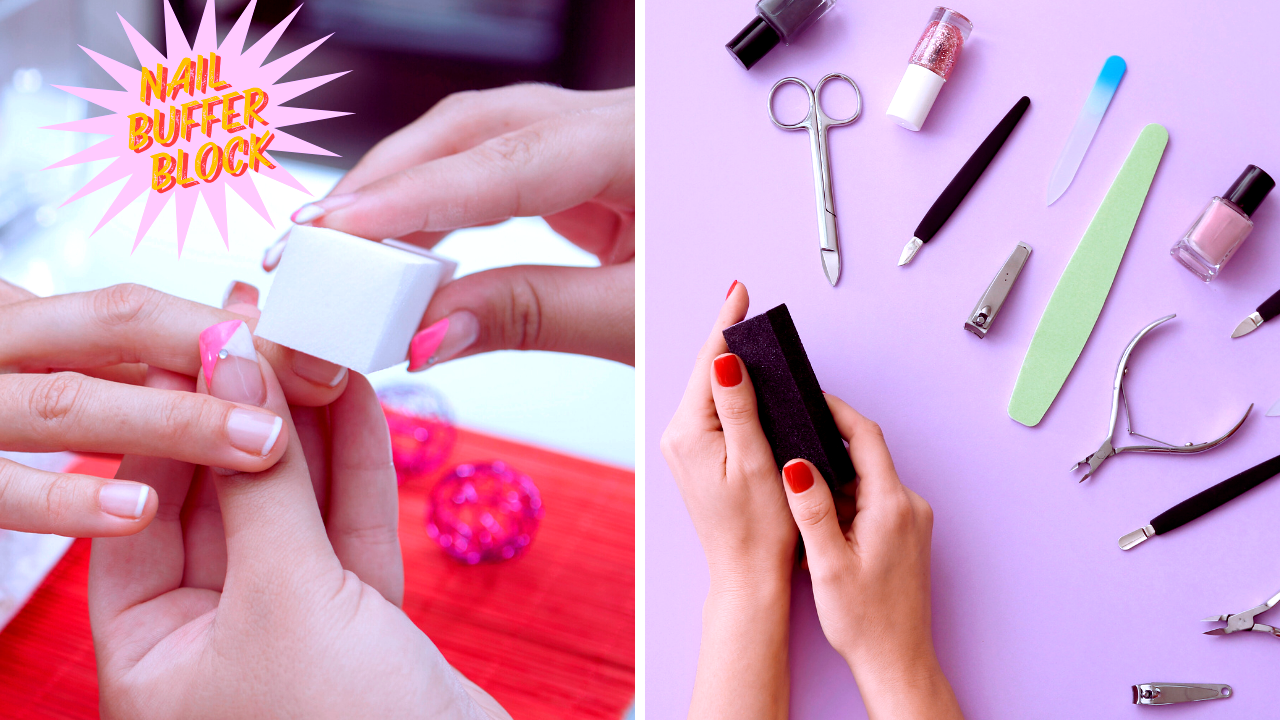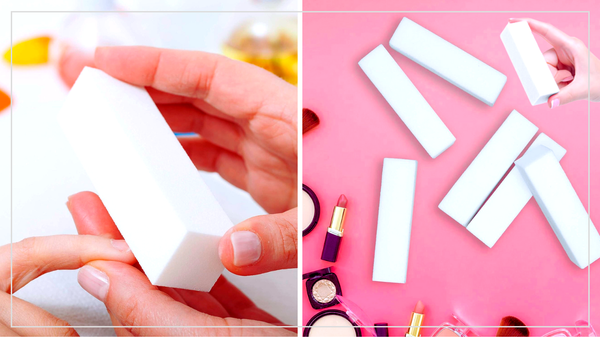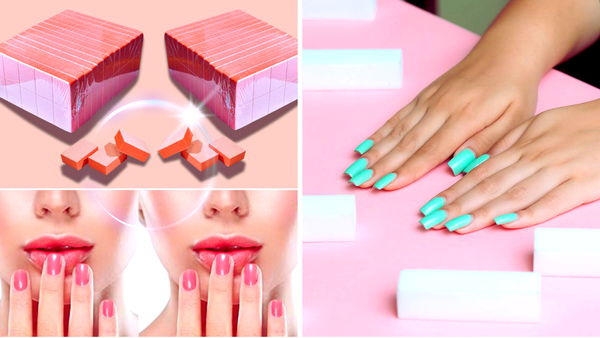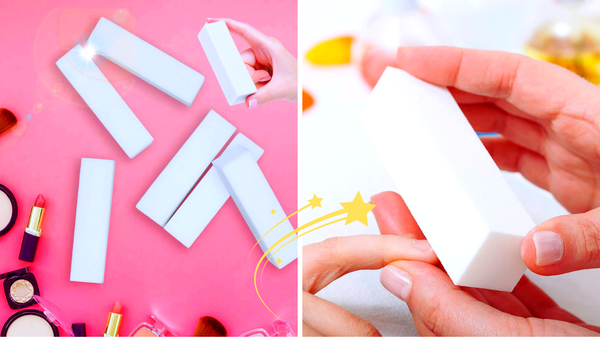Nail buffing is common in nail care routines and is often used to achieve a smooth and shiny nail surface. However, while it can make your nails look polished and well-groomed, there are several disadvantages to consider. This article delves into the potential downsides of nail buffing, providing a comprehensive understanding of its impact on nail health.
Key Takeaways:
- Nail buffing can lead to weakened and damaged nails if done excessively.
- Improper techniques and tools can irritate and increase the risk of infections.
- Frequent buffing may result in nail plate thinning, making nails more prone to breakage
The Risk of Nail Damage
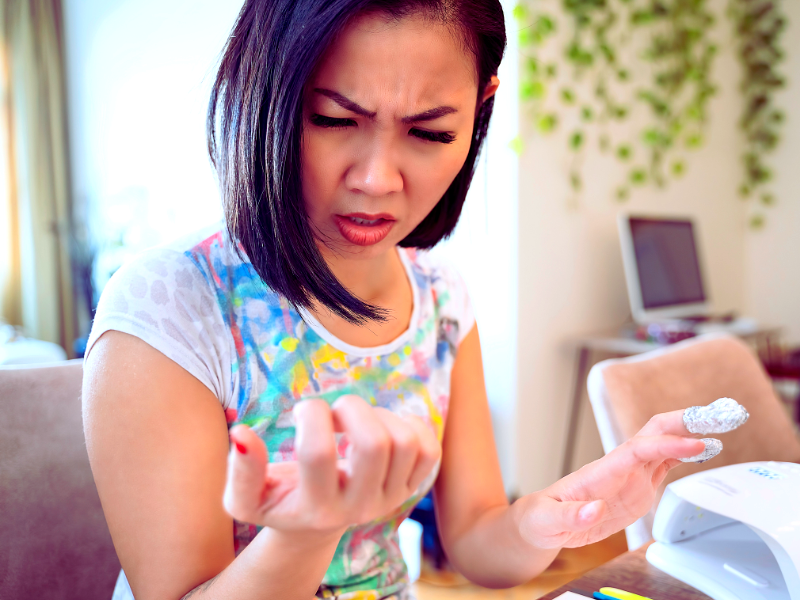
Buffing nails too frequently can lead to significant nail damage. The process involves using nail buffer blocks or emery boards to smooth out the nail surface, which can thin the nail plate over time. This thinning makes nails more susceptible to breaking, peeling, and chipping. When the nail plate becomes too thin, it loses its natural strength and resilience, leading to damaged nails that are difficult to repair.
Moreover, using a sawing motion with a nail file can exacerbate the problem. This technique can create micro-tears in the nail, further weakening it. To avoid buffing-related damage, it's crucial to use gentle, one-directional strokes and limit the frequency of buffing sessions.
Increased Risk of Infections
Improper nail buffing techniques can also increase the risk of infections. When the nail surface is buffed too aggressively, it can create tiny openings or tears in the nail bed. These openings can become entry points for bacteria and fungi, leading to infections that can be challenging to treat. Additionally, using unclean or shared nail buffers in a nail salon can introduce harmful pathogens to your nails.
To minimize the risk of infections, always ensure that your nail buffers and other tools are clean and sanitized. If you visit a nail salon, make sure they follow strict hygiene practices. Using your own set of nail care tools can also help reduce the risk of infections.
Thinning of the Nail Plate

One of the most significant disadvantages of nail buffing is the thinning of the nail plate. The nail plate is the hard, protective surface of the nail, and excessive buffing can wear it down. When the nail plate becomes too thin, it loses its ability to protect the underlying nail bed, making it more vulnerable to damage and infections.
Thinning of the nail plate can also lead to increased sensitivity and discomfort. Thin nails are more likely to bend and break, causing pain and potential injury. To maintain healthy nails, it's essential to avoid over-buffing and give your nails time to recover between buffing sessions.
Potential for Allergic Reactions
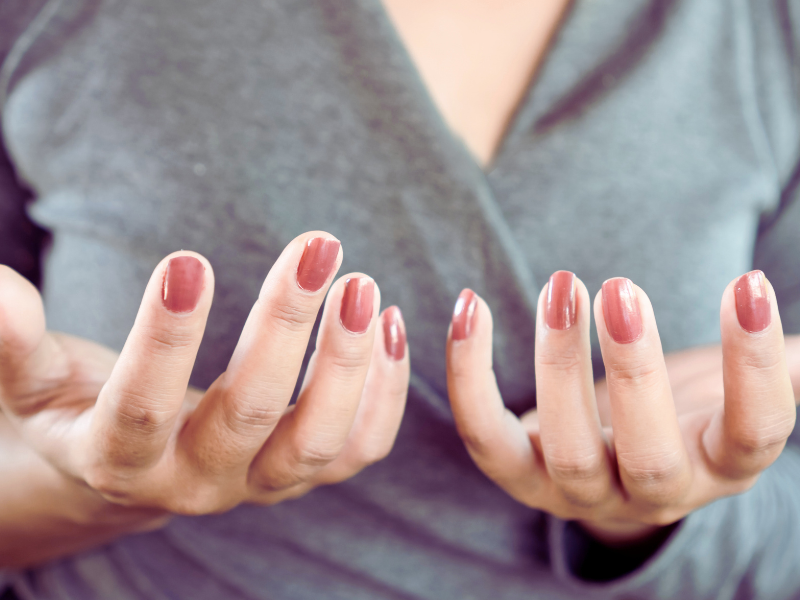
Nail buffing can sometimes lead to allergic reactions, especially if you use products containing harsh chemicals. Some nail buffers and polishes contain ingredients like dibutyl phthalate, which can cause skin irritation and allergic reactions. If you notice redness, itching, or swelling around your nails after buffing, you may be experiencing an allergic reaction.
Choose nail care products free from harmful chemicals to prevent allergic reactions. Opt for hypoallergenic nail buffers and polishes, and always perform a patch test before using a new product. If you experience persistent irritation, consult a dermatologist for suitable nail care products.
Impact on Nail Health
Frequent nail buffing can have a detrimental impact on overall nail health. Buffing removes the natural oils and moisture from the nail surface, leading to dryness and brittleness. Dry nails are more prone to splitting and breaking, which can be frustrating and painful.
It's important to balance buffing with proper nail care to maintain healthy nails. Use a moisturizer or cuticle oil regularly to keep your nails hydrated. Avoid using acetone-based nail polish removers, as they can further dry out your nails. Instead, opt for gentle, non-acetone removers that are less harsh on your nails.
Increased UV Exposure
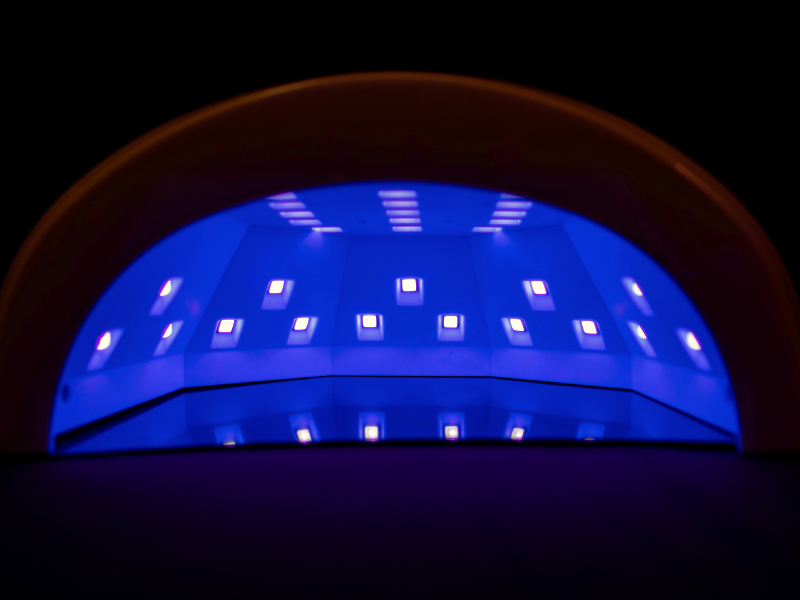
Buffing nails to a high shine can increase their exposure to UV light, especially if you use gel polish or visit nail salons that use UV lamps. Prolonged UV exposure can damage the nail bed and increase the risk of skin cancer. While the risk is relatively low, it's still a concern for those who frequently buff their nails and use UV lamps.
Consider using UV-blocking gloves during gel polish applications to protect your nails and skin. Additionally, limit your use of UV lamps and opt for regular polish instead of gel polish whenever possible. Taking these precautions can help reduce the risk of UV-related damage.
Irritated Skin and Cuticles
Nail buffing can also irritate the skin and cuticles surrounding the nails. Aggressive buffing can lead to cuts and abrasions, making the skin more susceptible to infections. Additionally, the friction from buffing can cause the cuticles to become dry and cracked, leading to discomfort and potential nail damage.
Use a gentle touch when buffing your nails to protect your skin and cuticles. Apply a nourishing hand cream or cuticle oil after buffing to keep the skin hydrated and healthy. Avoid buffing the skin directly, and focus on the nail surface to minimize the risk of irritation.
The Need for Special Occasions
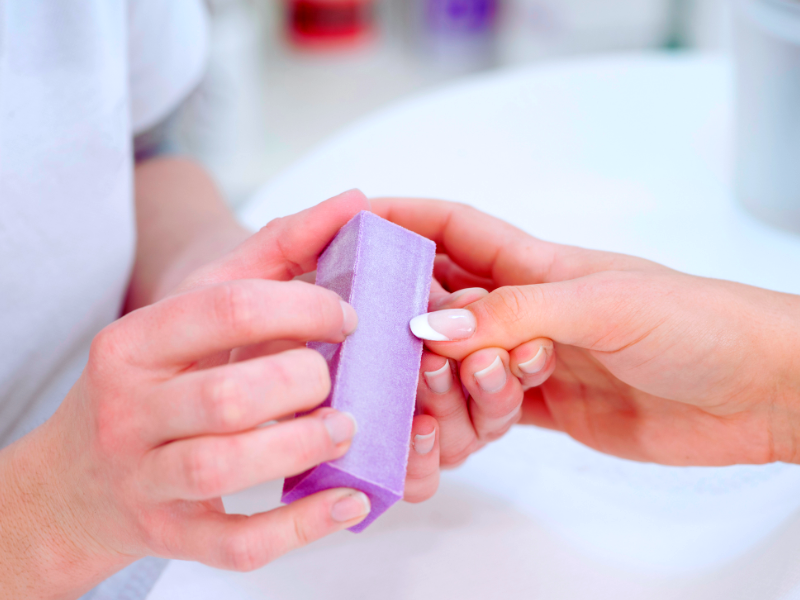
While nail buffing can create a polished look, it's often best reserved for special occasions rather than regular use. Frequent buffing can lead to cumulative damage to the nail plate and surrounding skin. Limiting buffing to special events allows you to enjoy the benefits of shiny, smooth nails without compromising their health.
Focus on maintaining healthy nails through proper grooming and hydration for everyday nail care. Use a nail file to shape your nails and keep them at a manageable length. Regularly apply moisturizer and cuticle oil to keep your nails and skin in top condition.
Summary
Nail buffing, while effective for achieving a smooth and shiny nail surface, has several disadvantages. Excessive buffing can lead to weakened and damaged nails, an increased risk of infections, and thinning of the nail plate. Additionally, improper techniques and harsh chemicals can cause allergic reactions and skin irritation. It's important to balance buffing with proper nail care and limit its frequency to maintain healthy nails.
FAQ
How often should I buff my nails to avoid damage?
It's best to limit nail buffing to once a month to prevent thinning and weakening of the nail plate. Over-buffing can lead to damaged nails more prone to breaking and peeling.
Can nail buffing cause infections?
Yes, improper nail buffing techniques can create tiny openings in the nail bed, increasing the risk of bacterial and fungal infections. Always use clean, sanitized tools and avoid aggressive buffing to minimize this risk.
What are some alternatives to nail buffing for achieving shiny nails?
Instead of buffing, you can use clear, high-shine nail polish to achieve a glossy finish. Regularly moisturizing your nails and cuticles can enhance their natural shine and keep them healthy.
